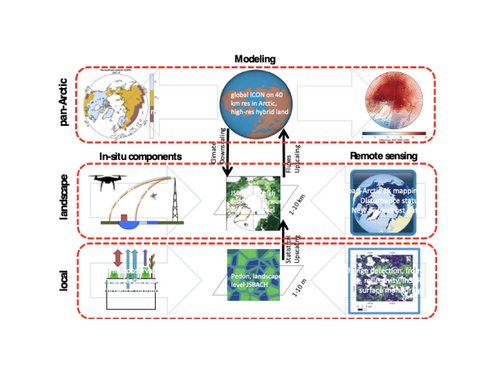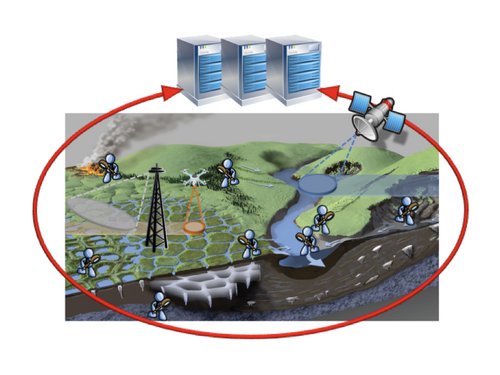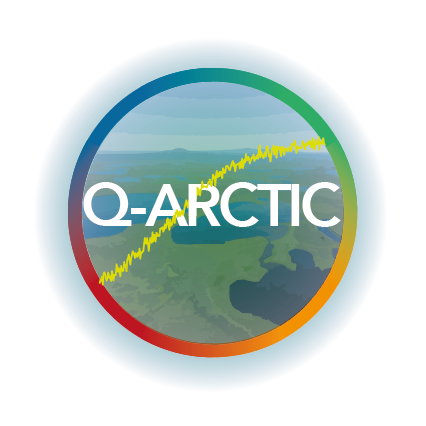ERC-Synergy Project Q-ARCTIC

Motivation
- For future climate change, strong warming is predicted for high northern latitudes
- Permafrost soils in these regions show enormous carbon reservoirs
► Future warming may destabilize the permafrost carbon pool, leading to important feedbacks with climate change
Investigating Non-Linear Change at Smallest Scales
- Many Arctic landscapes feature smallest-scale structures
- Non-linear disturbance processes triggered by future climate change may create new structures
- Even a minor disturbance can cause substantial shifts in microsite structure, and modify carbon & energy budgets
► Goal: We want to simulate Arctic carbon budgets considering the net impact of disturbances at smallest scales.

Synergy Concept: 4 Disciplines, 3 Scaling Levels
In-situ observations
- Investigate disturbance sequences with small-scale, process-oriented field work
- Landscape-scale observations with tall eddy-covariance towers
- Emissions from open-water using floating chamber approaches
- Pan-Arctic data syntheses
Regional quantifications
- Use atmospheric inversions to check upscaling, model parameterizations and model evaluation
- “Local” scale (20-200km domain): Support for upscaling from point observations to ESM model grid
- Pan-Arctic scale: regional checks on upscaling and model evaluation
Remote sensing
- Monitoring wetting vs. drying
- Pan-Arctic products to quantify climate change impacts
- New methods to identify sub-surface conditions in the terrestrial Arctic
- Use of SAR/InSAR data to detect e.g. loss of ground ice in active layer at very high resolution
Earth system modeling
- Land-surface model JSBACH, component of ICON-ESM
- Simulate pathway-dependent dynamics of permafrost C-storage
- Close the gap between process-scale and ESM-scale with statistical approaches
- Include disturbance impacts

Key Research Questions
Overcome Methodological Gaps
- The scaling gap between process level and model/satellite grid resolution
- Knowledge gaps regarding net disturbance impacts on carbon and energy budgets
- Gaps in synergy between in-situ data, satellite data and modeling frameworks
Will the Arctic become a carbon source in the future?
- What scales do we need to resolve to capture the relevant processes?
- How will changes in land surface properties influence the budgets of carbon and energy? What will be the impact of e.g.
- Permafrost degradation, disturbance
- Shifts in hydrologic conditions
- Shifts in soil thermal regime, thaw depth
Long-Term Vision
- First step towards an operational monitoring framework focusing on Arctic biogeochemistry
- Pave the way for the exploitation of upcoming data streams





